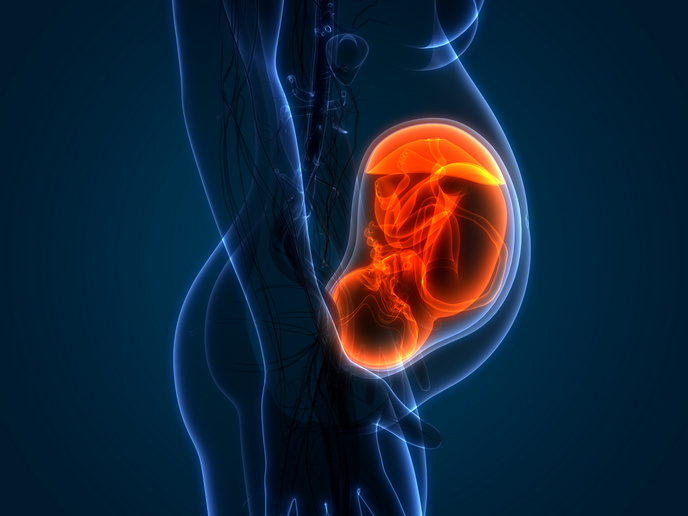Rethinking the future of tendon repair
Adult tendons are dense connective tissues that transmit muscle forces to the skeleton, enabling movement and posture. Rapid changes or increasing loading forces on tendons can cause microtraumas and lead to tendinopathies(opens in new window) and tendon ruptures. Tendon injuries are extremely frequent, and they impair mobility and quality of life, posing a significant socioeconomic challenge. Current treatments, including physical therapy, pharmacological interventions and surgical repair, often fail to restore full function. They can also result in fibrosis, scar tissue formation and compromised biomechanical integrity. Moreover, the low cellularity, poor vascular supply, and minimal metabolic activity of tendon tissue significantly impairs its healing capacity following injury. Addressing these challenges requires innovative therapeutic and diagnostic solutions.
Innovative developments to tendinopathy care
Undertaken with the support of the https://ec.europa.eu/research/mariecurieactions/node_en(opens in new window) (Marie Skłodowska-Curie Actions) programme, the EU-funded P4 FIT(opens in new window) project set out to develop advanced therapeutic technologies for tendon repair and train early-stage researchers (ESRs), equipping them to investigate these innovative approaches. “We employed advancements in biomaterials, nanomedicine and diagnostic tools to explore non-conventional therapeutic and diagnostic solutions,” outlines project coordinator Hélder Santos. Key developments included RNA-based nanoparticles designed for localised therapy of inflammatory tendon tissues, and biosensors capable of measuring disease progression in patients. These technologies demonstrated potential in enhancing treatment efficacy and enabling early diagnosis, thereby improving patient care and treatment outcomes.
Training the next generation of researchers
One of P4 FIT's notable achievements was the establishment of a comprehensive training network for ESRs, focusing on interdisciplinary and intersectoral education in tendon repair. The consortium provided training opportunities both at their home universities and through secondments at partner institutions. Moreover, collaboration across various areas with different industrial partners ranging from small and medium-sized enterprises to large companies was essential for training ESRs beyond traditional research. This experience also provided them with an understanding of how to translate research innovations into marketable products and therapies.
Functional foundations, focused future directions
The integration of regenerative medicine, smart biomaterials, gene therapy, personalised medicine and interdisciplinary tools within the research framework of P4 FIT has laid a foundation for future advancements in tendon repair. “While no technologies have been commercialised yet, there are prospects to use the knowledge acquired within this project to develop better solutions for the disease that can reach the market in the next 5 to 10 years,” highlights Santos. To guarantee sustainability and further development of project outcomes, the P4 FIT consortium plans to maintain and expand collaborations among members. The team hopes to secure additional funding from both public and private sectors to support ongoing and future research and development projects in tendon repair. To share insights with the broader scientific and medical communities, partners will disseminate research findings through peer-reviewed journals and conferences. Additional efforts will concentrate on translating research innovations into practical applications through patents and collaborations with biotech and pharmaceutical companies. “By implementing these strategies, the advancements achieved by P4 FIT can continue to influence and push towards the improvement of patient care and treatment outcomes in the field of tendon pathology,” concludes Santos.







